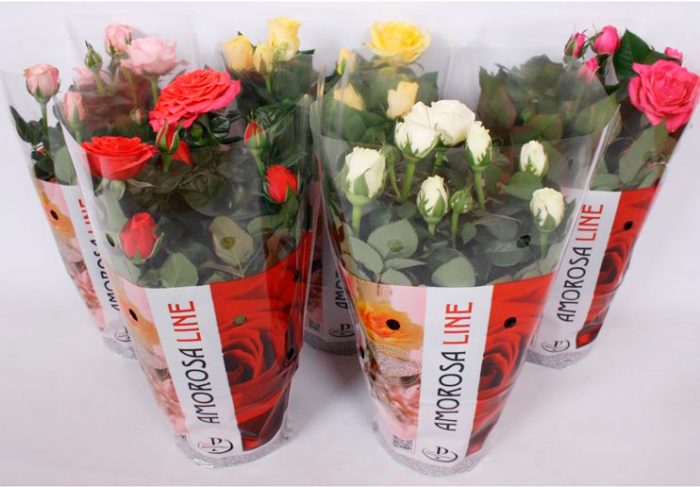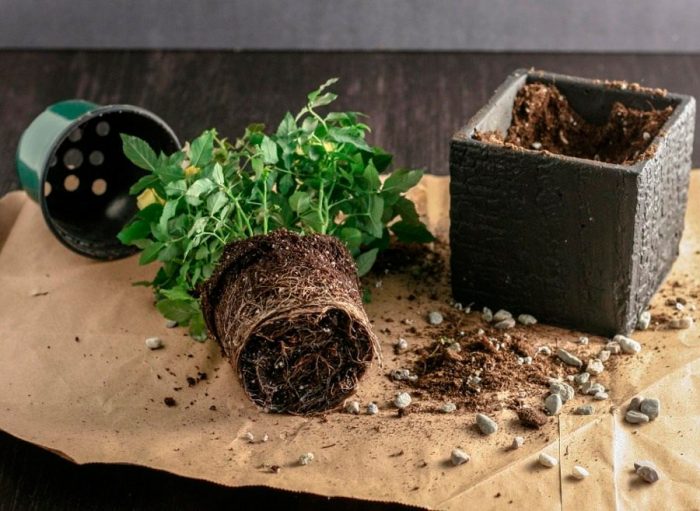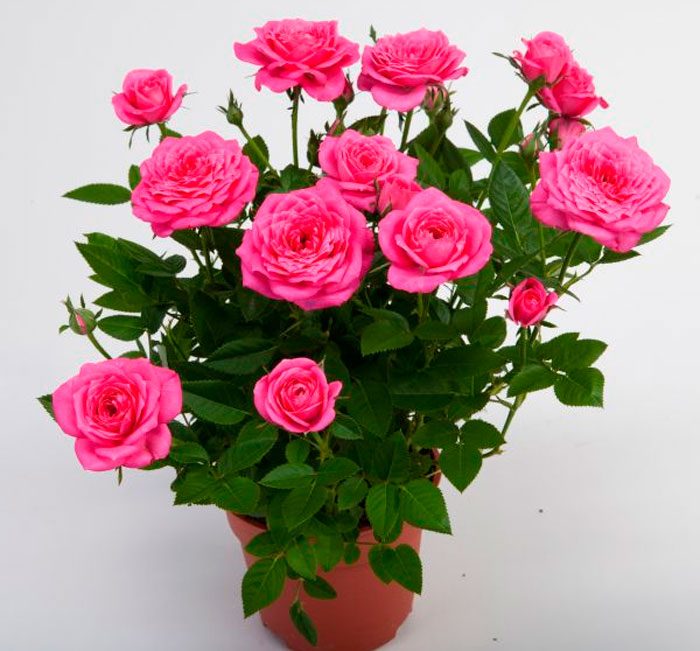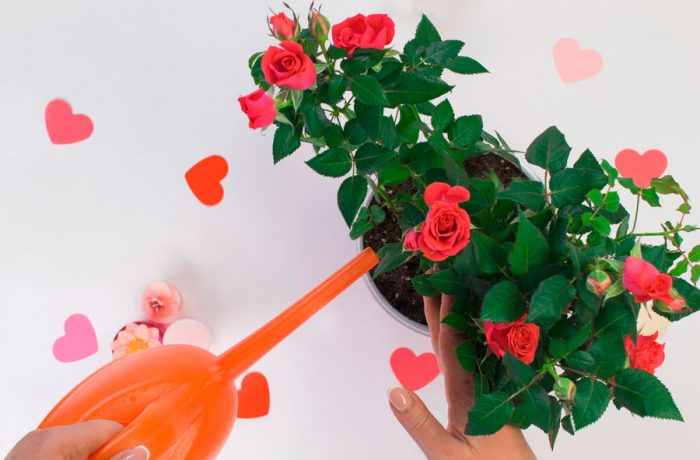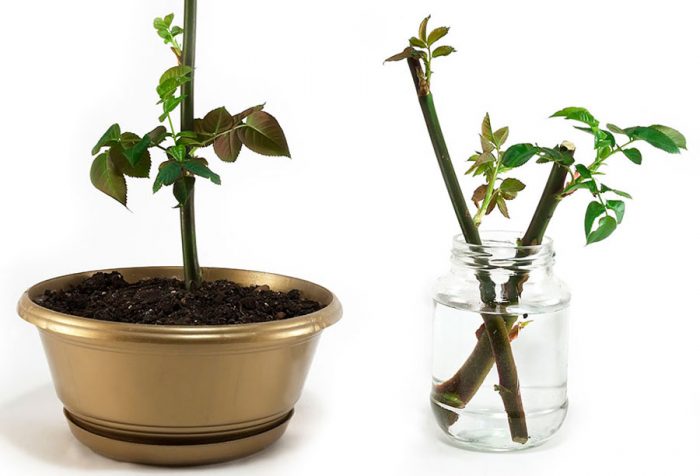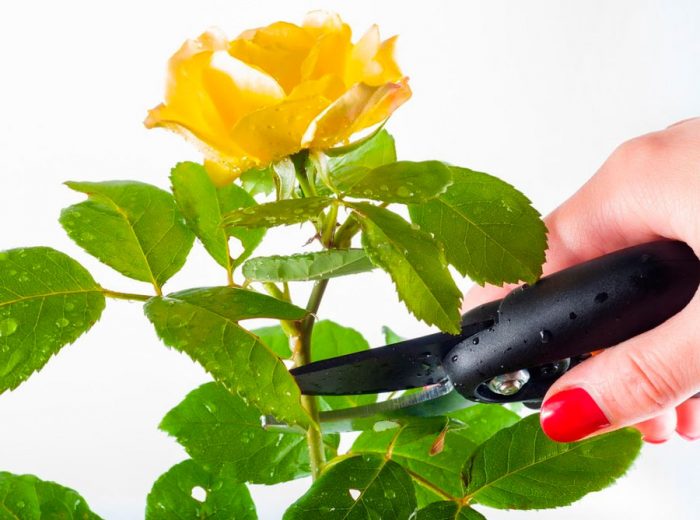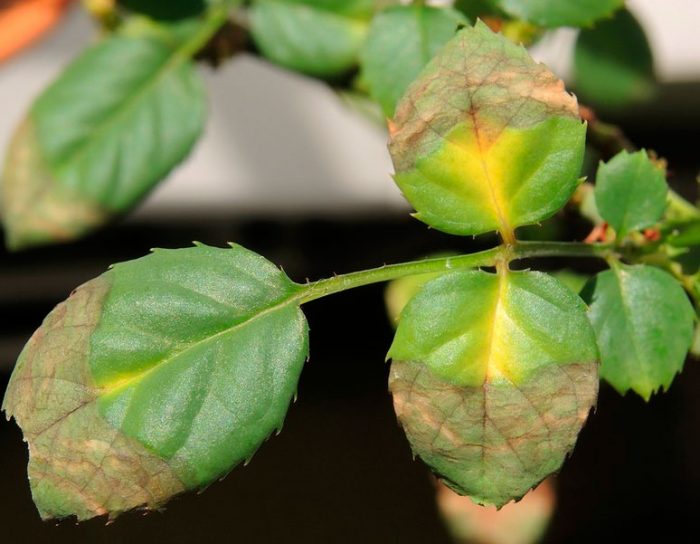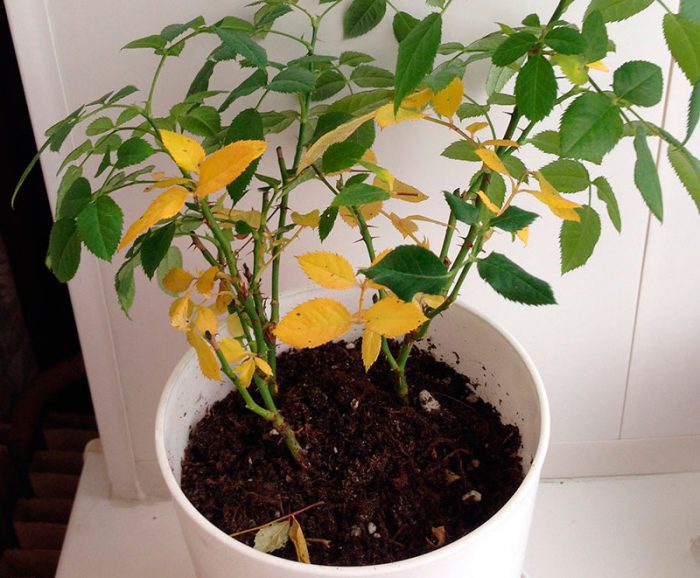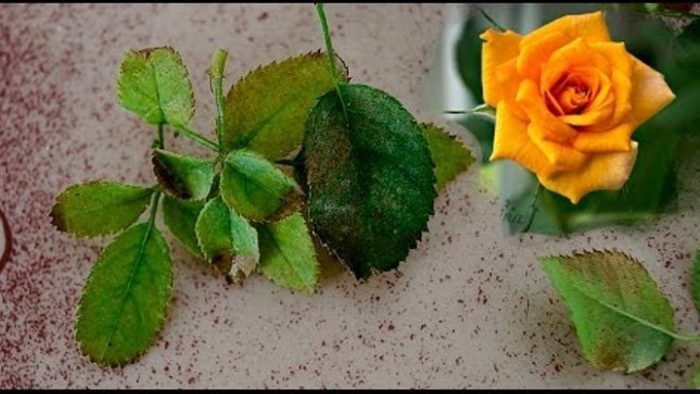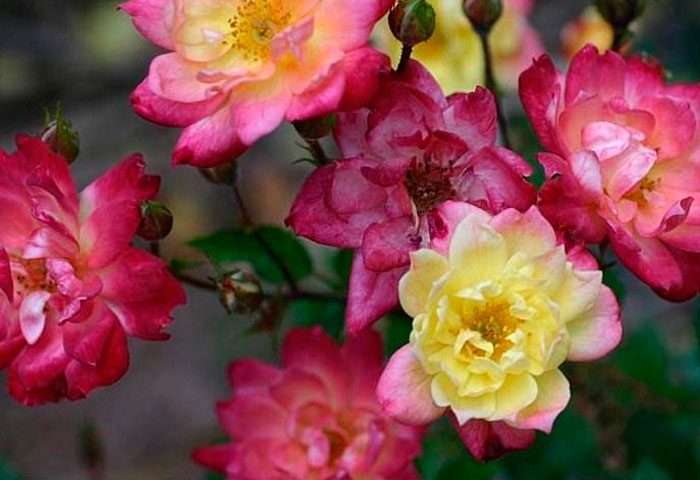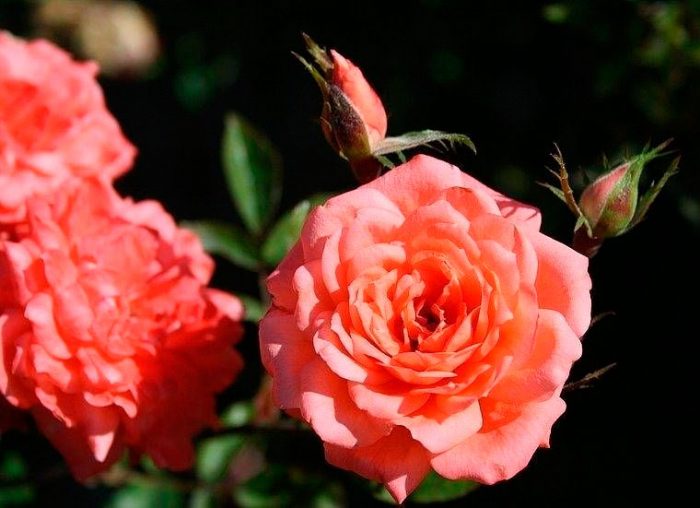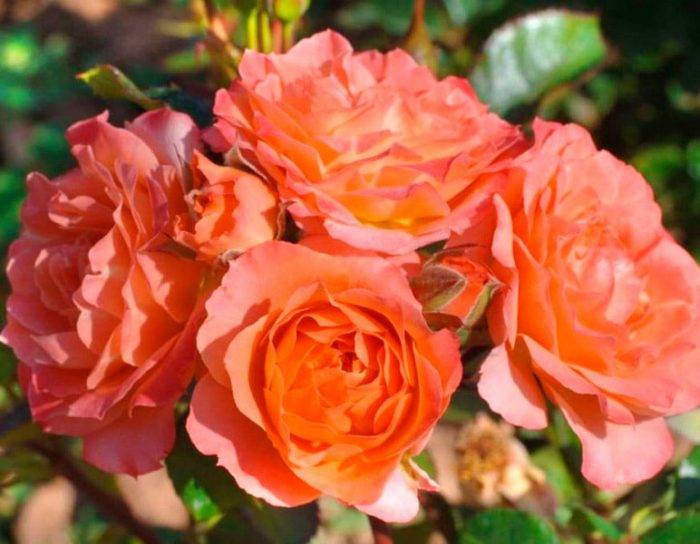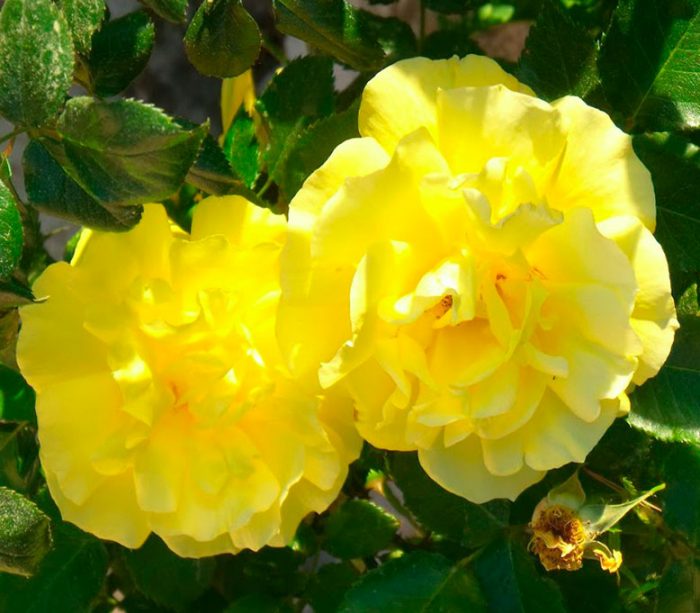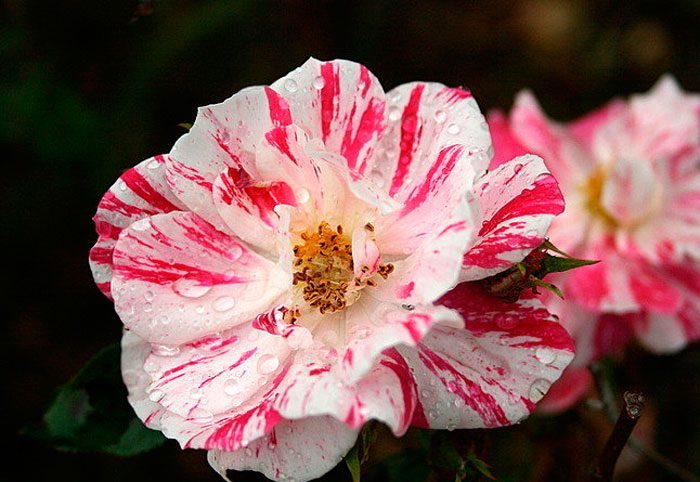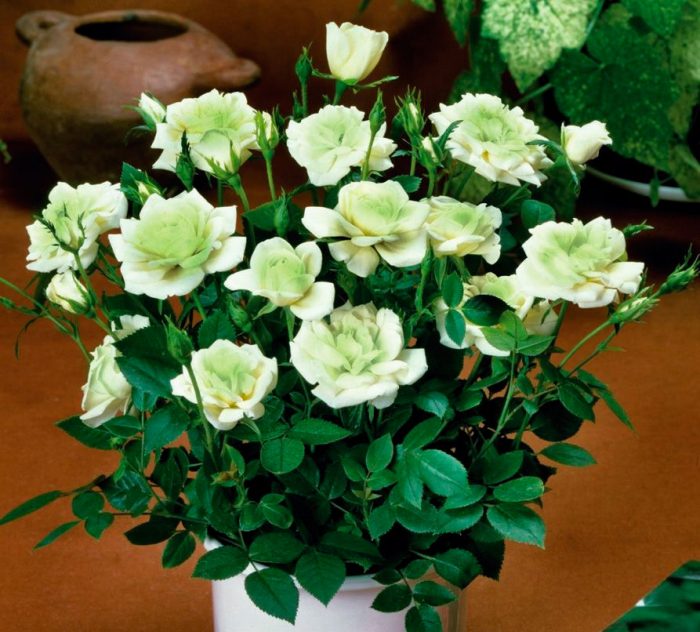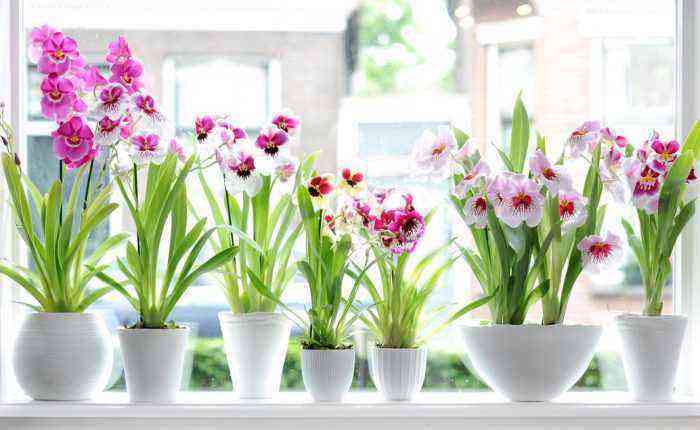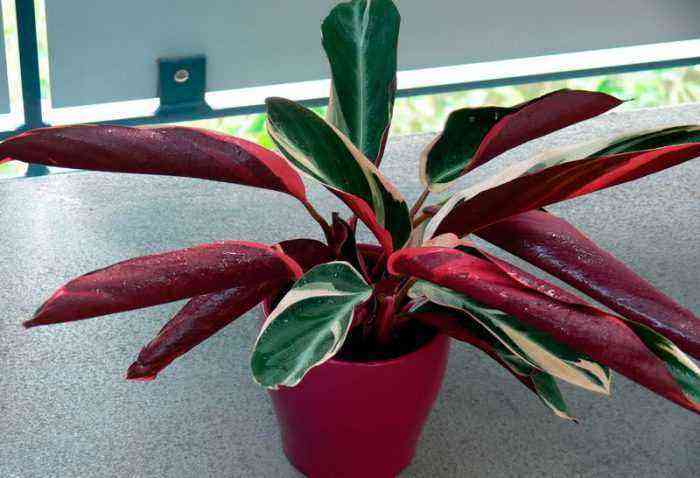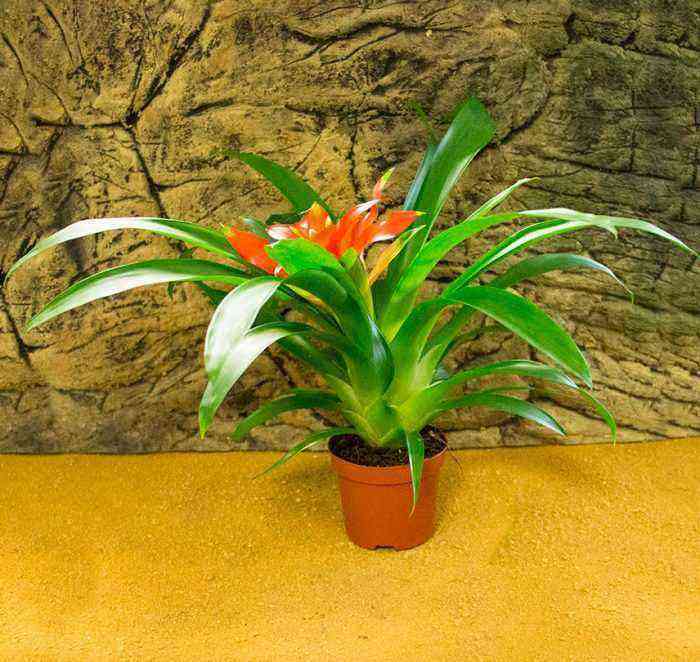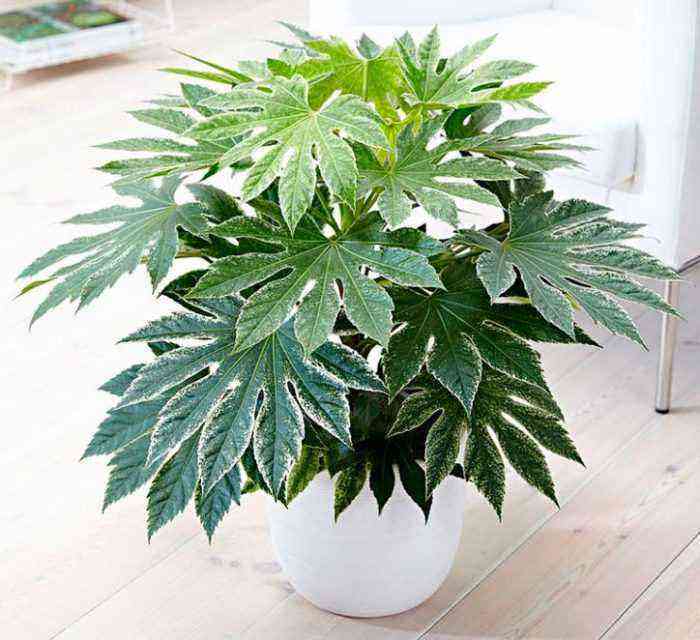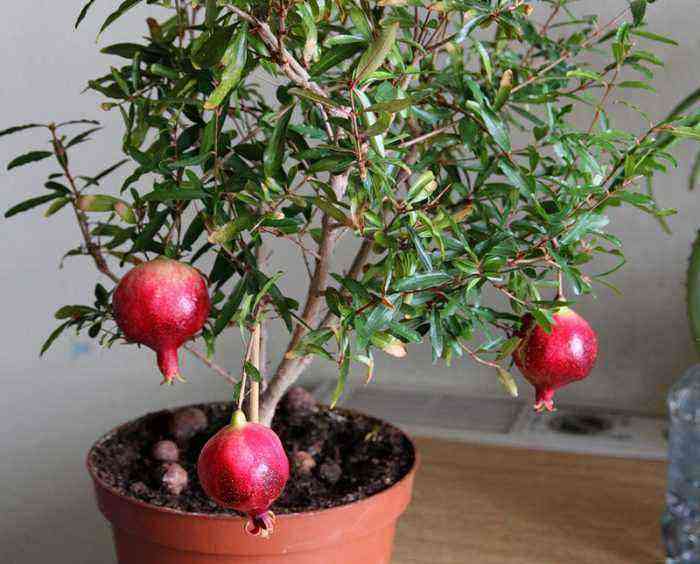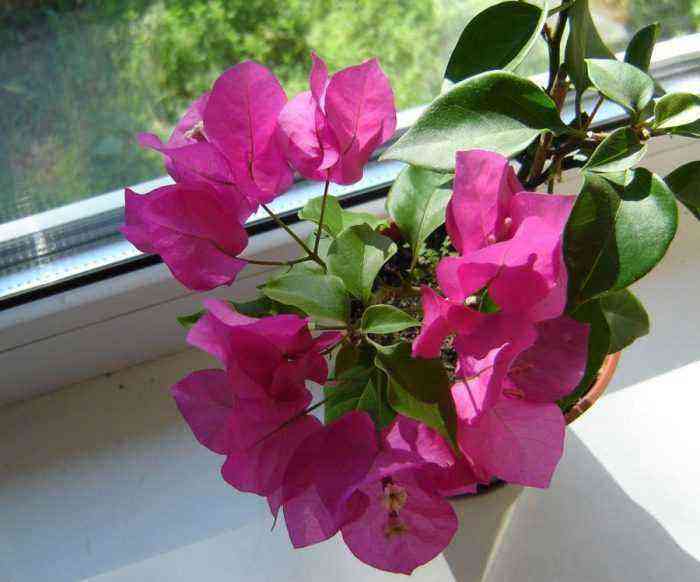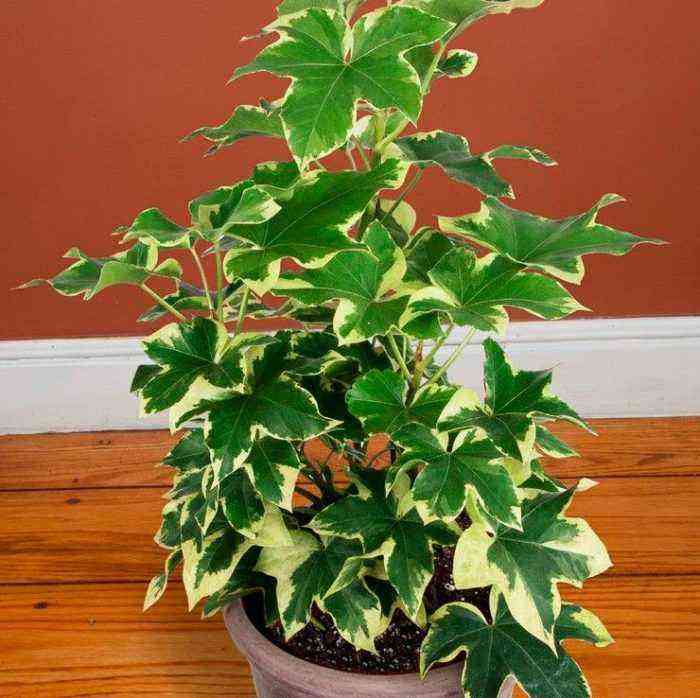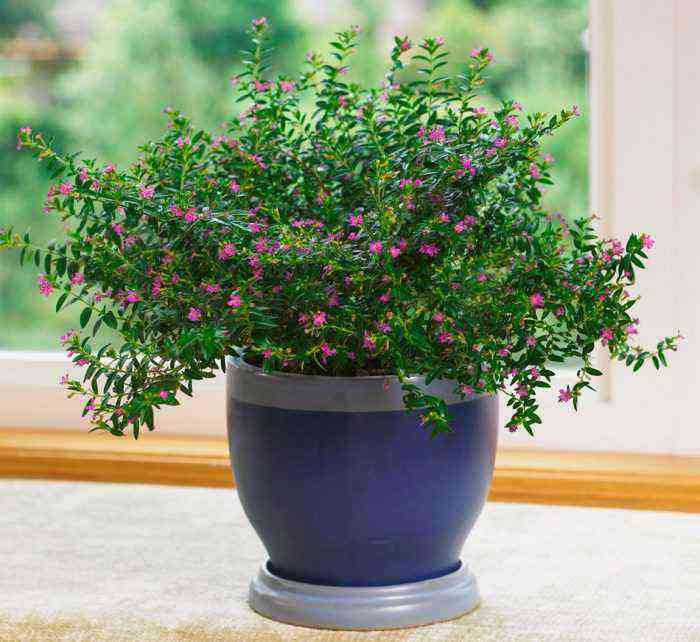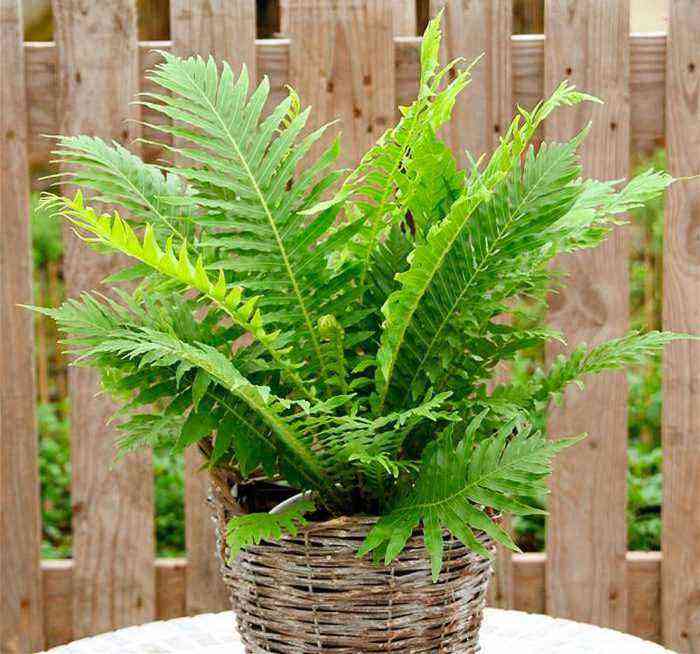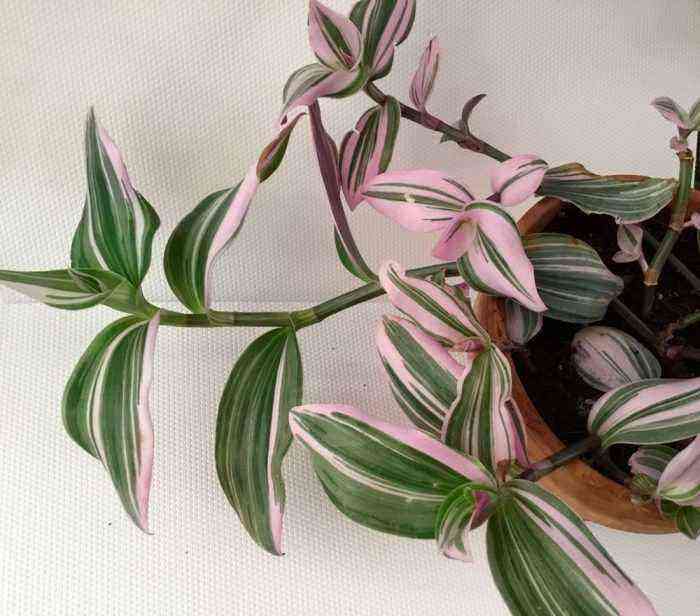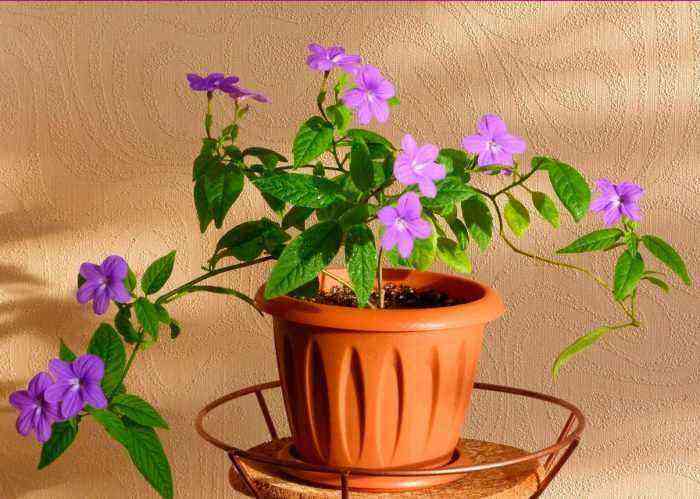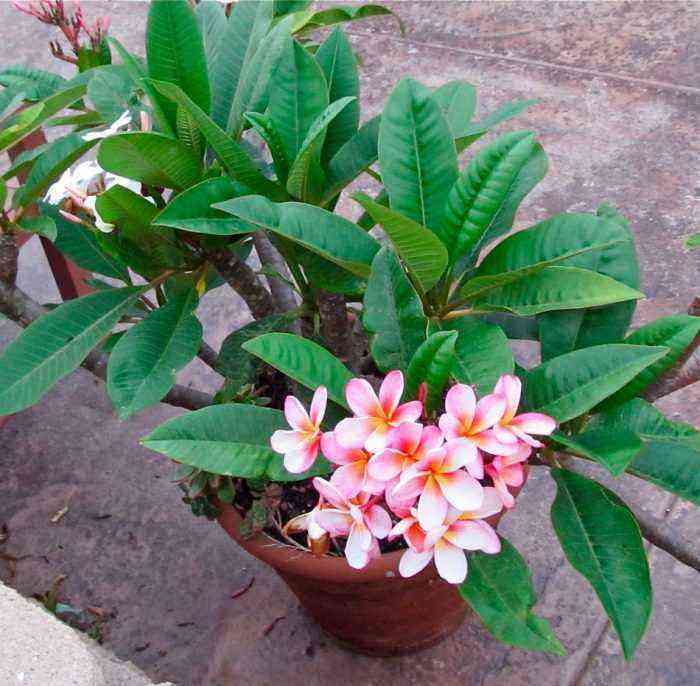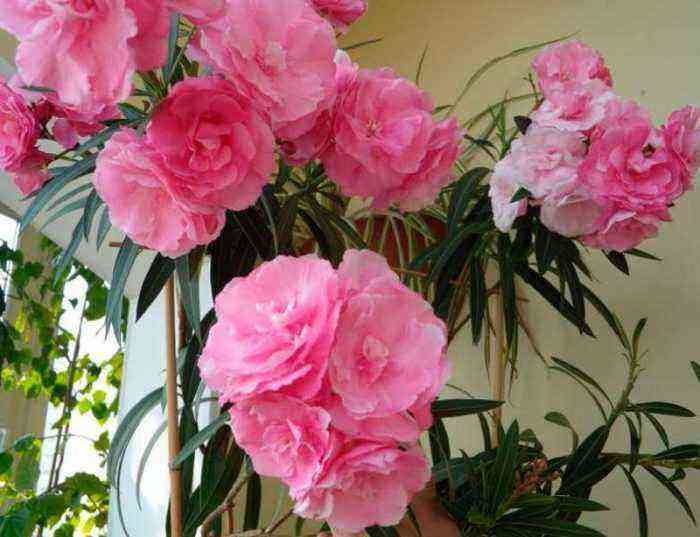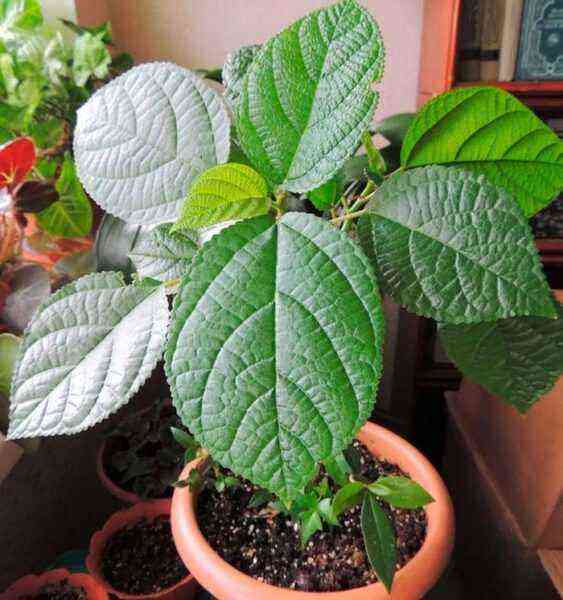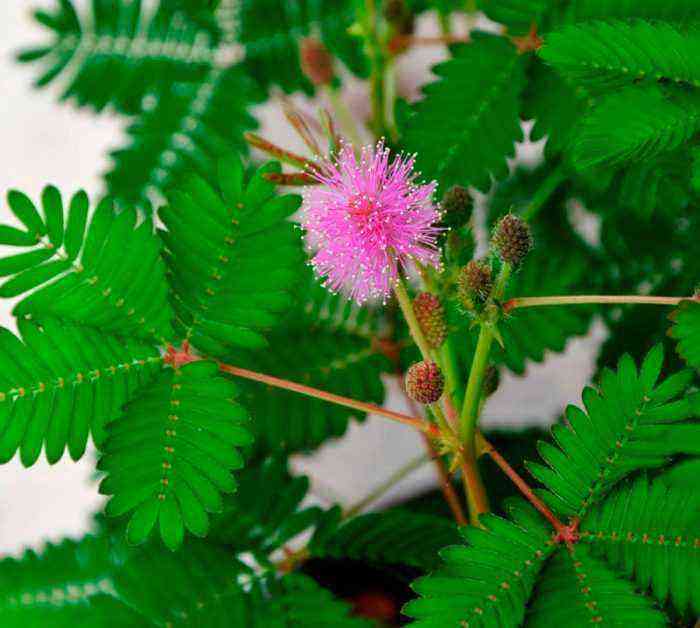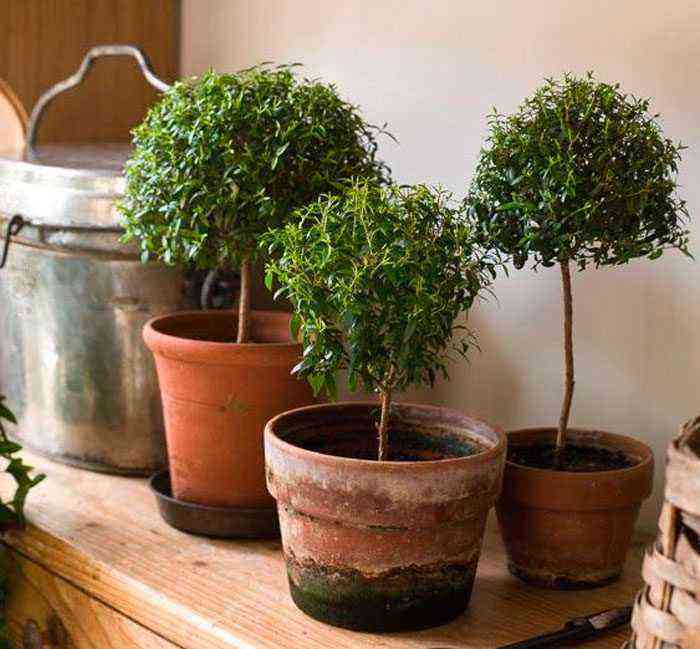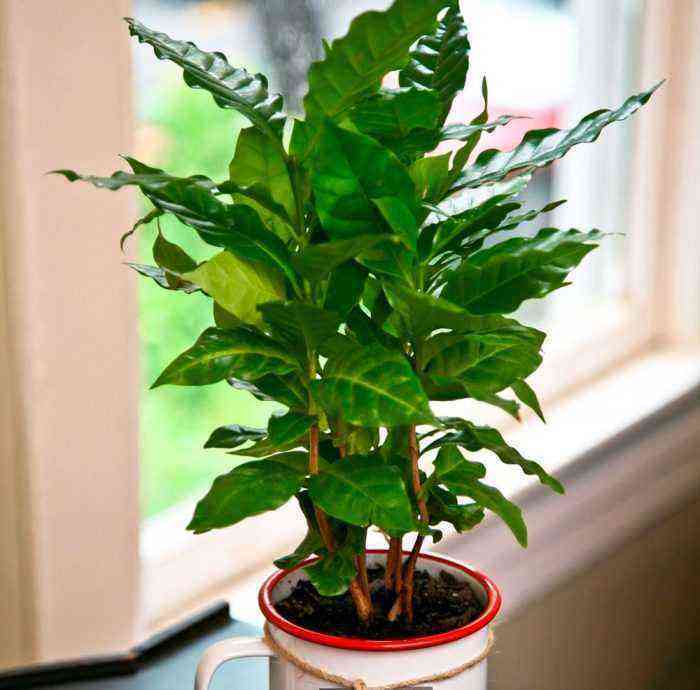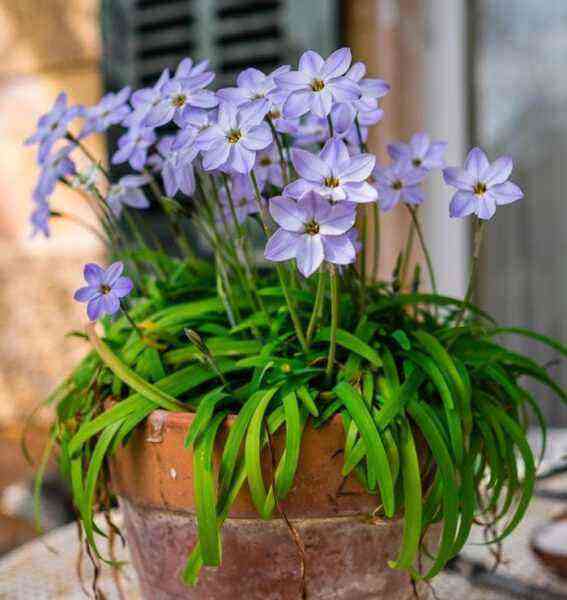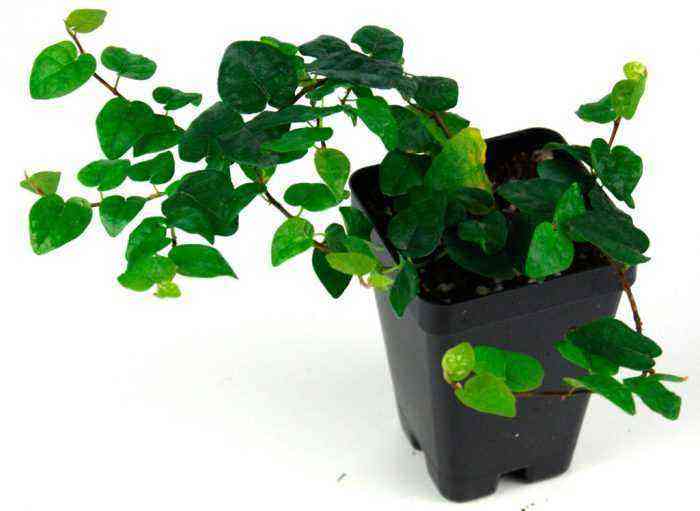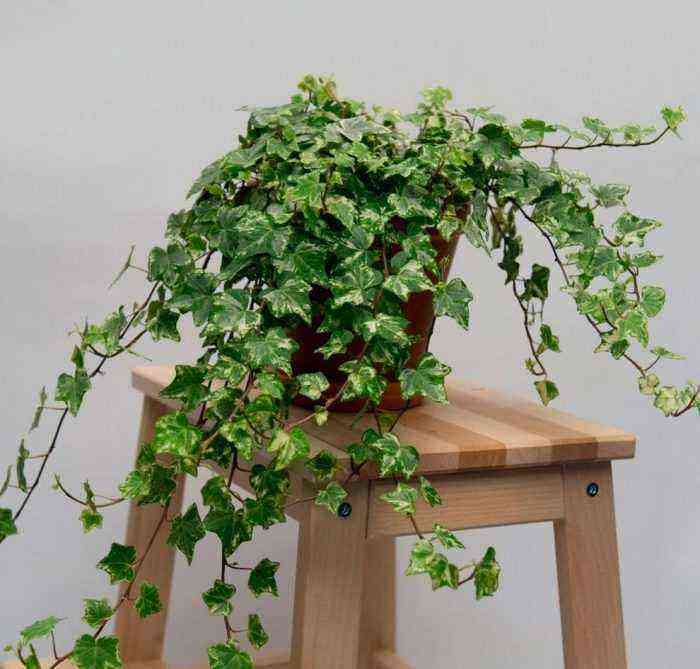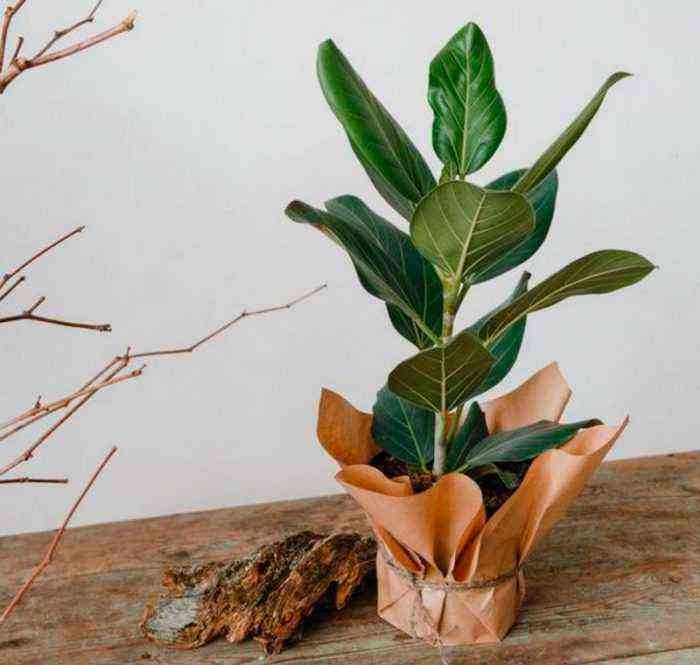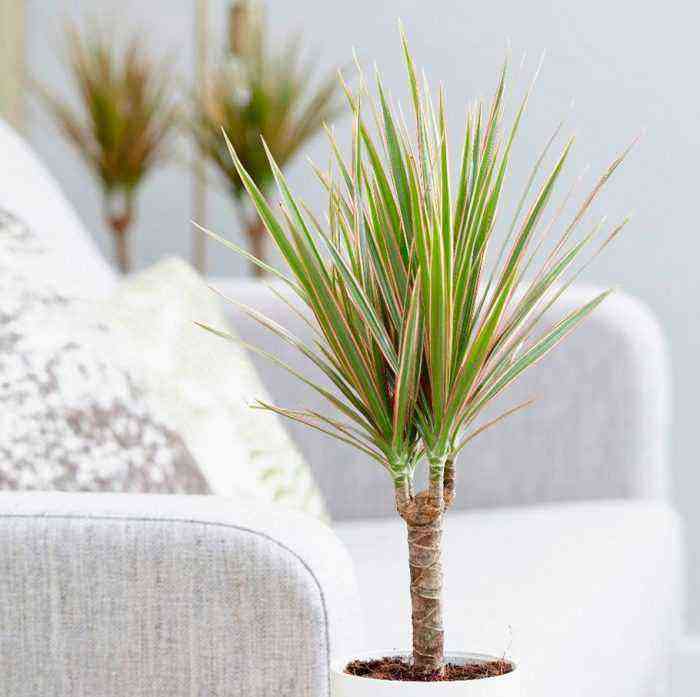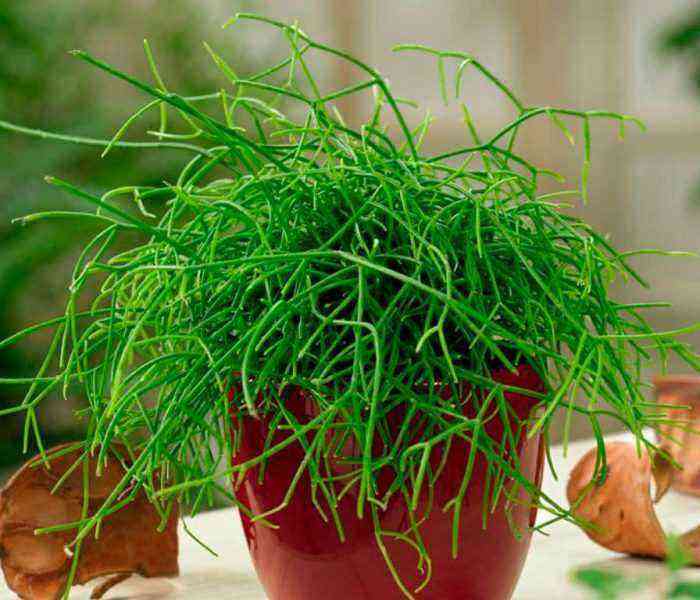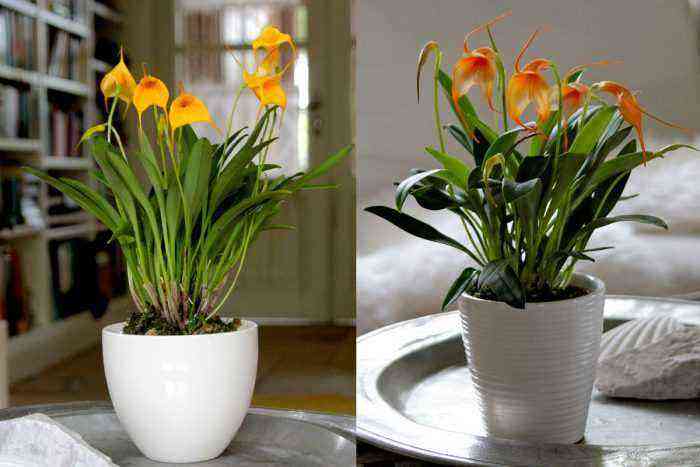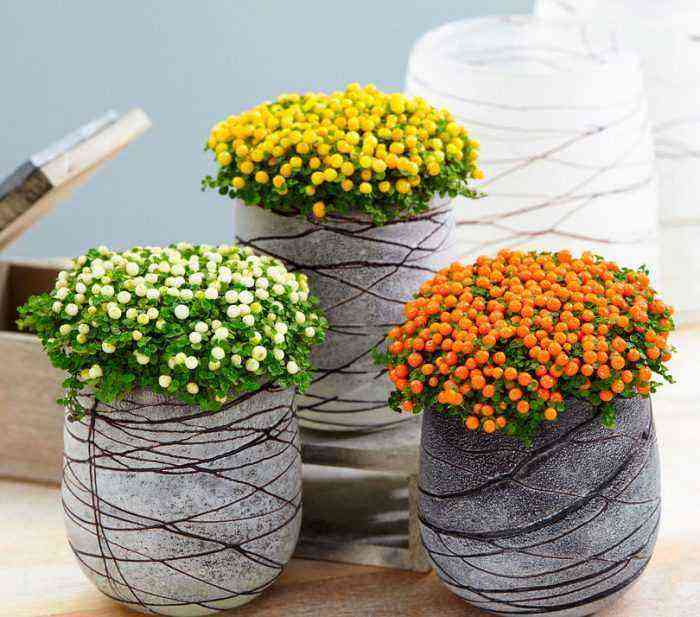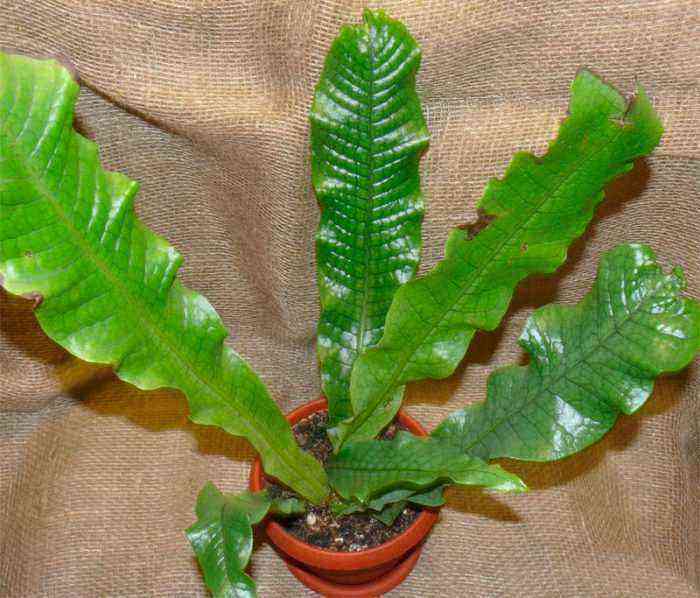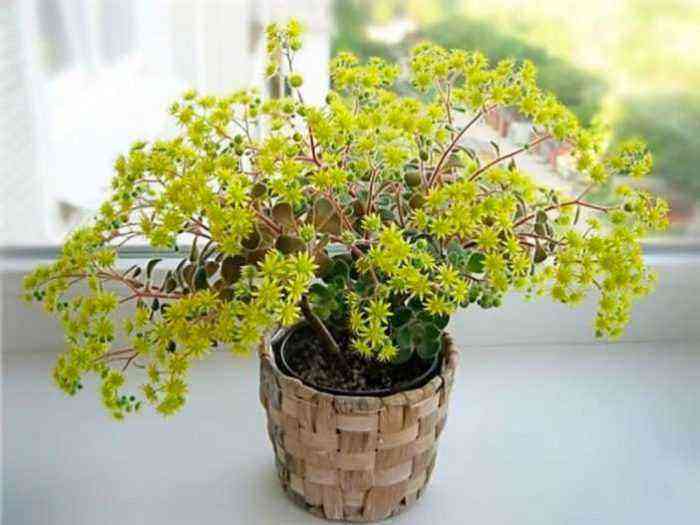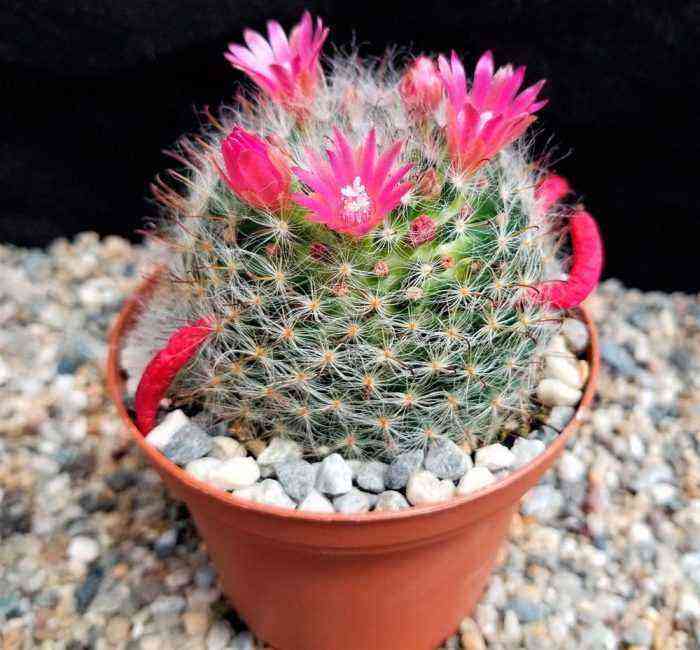The indoor rose is very beautiful, and despite the fact that it is quite difficult to care for it, it is very popular with flower growers. The fact is that a flowering rose bush can decorate any home. But in order for its cultivation to be successful, you should know a few rules and tricks.
How to keep a room rose after purchase
Indoor rose is distinguished by its exactingness to care and growing conditions, so it is quite difficult to grow it at home. After this plant is purchased in the store, it will need special care, otherwise there is a high probability that the bush will die.
Most often, a recently purchased flower looks very strong, healthy and beautiful, and it seems that problems with it will never arise. But it should be borne in mind that in the store all the plants are fed with a variety of stimulants, and they also have a special package that preserves high humidity. After the rose is bought and placed on the windowsill, it will lose its usual conditions. For beginner growers, just a few days after purchasing a rose, problems begin with it: its yellowing, wilting and falling foliage, blackening and flying around the buds are observed. Then the bush dies, and the grower cannot do anything about it.
It should be noted that all types and varieties of roses are intended for growing in open soil, but some of them have been adapted for cultivation at home. However, it must be borne in mind that growing them on a windowsill is still quite difficult. That is why, immediately after the purchase, flowers will need a complex of rescue measures, even if they look healthy, fresh and strong.
Features of caring for a room rose recently purchased in a store:
- If there is a packing wrap on the rose, then it must be removed. Despite the fact that the packaging contributes to the preservation of high humidity, the bush because of it often infects fungal diseases even in the flower shop. The fact is that the packaging disrupts the correct air exchange, while creating ideal conditions for the reproduction of pathogenic fungi.
- All leaf plates that have withered must be trimmed with scissors or pruners, and all dry and blackened shoots must be removed.
- You should also cut off all the buds and flowers, despite the fact that they are very beautiful, because, as a rule, the flowering of such a bush occurs due to stimulation with special means and artificially created greenhouse conditions. The fact is that the plant spends all its energy on flowering, and then it dies. In this regard, experienced flower growers are advised to cut off all the buds and flowers along with the supporting shoots.
- You also need to carefully look at how many bushes are in the flower pot. The fact is that to create a thick and effective bush, several specimens are planted in 1 pot at once. Bushes growing in the same container interfere and weaken each other, and they begin to lack nutrients. In this regard, the bushes must be planted in individual pots.
- When the bushes are transplanted, they will need treatment with an insect repellent (Fitoverm), as well as an antifungal drug (Fitosporin).
Transplanting a room rose
During the transplant of a room rose, it must be carefully removed from the old pot, while taking it along with a lump of earth. Then they carefully examine the root system, which braids the earthen lump. If the roots are thin, outwardly similar to hairs, black or brown, rotten or dry, this means that the bush will soon die. However, you can try to save the rose by cutting the cuttings that need to be rooted.
If the roots are healthy, then they will have a pale yellow or deep white color, they are very dense and thin, similar to wire. If only part of the roots has dried or rotted, then it should be removed, while only healthy ones should remain.
For planting, you need to take a new flower pot, while a good drainage layer is made at its bottom, for this you can use expanded clay or other material. For transplanting, you must use a soil mixture that is intended for roses or garden. An inexpensive soil mixture is not suitable for these purposes, since it contains a large amount of peat, while there are very few useful substances. Experts recommend using exclusively high-quality soil mixture. The substrate for planting such a plant, if desired, can be made with your own hands, for this they combine coniferous and leafy soil, humus, sand and turf soil (1: 1: 1: 1: 3).
The drainage layer must be covered with a layer of soil, which is compacted. Install a bush in the container, taken together with a lump of earth, all the voids must be filled with fresh substrate, and it should be tamped systematically, since the rose should not dangle in the container, but must be securely fixed. For watering the transplanted bush, you should use filtered or settled water at room temperature.
The bush must be treated against diseases and harmful insects. After transplanting and pruning, the rose greatly weakens and is easily affected by various diseases. In this regard, experienced florists recommend, for prevention purposes, to treat the bushes.
It is recommended to spray the still transplanted plant with Epin, which will make the plant’s immunity much stronger, and also reduce the stress from the transplant. The bush must be regularly moistened from the sprayer, since it needs high humidity, especially in conditions of operating heating or too dry air. It is recommended to cover a small and weakened bush with a cut bottle with small holes on top. Thanks to this, it will be possible to create greenhouse conditions, and after the plant takes root, it is gradually accustomed to indoor conditions.
After the transplant is completed, the container with the flower is placed on a well-lit windowsill. If there is no sunny window sill in the apartment, then the bush will need additional lighting with fluorescent lamps. Supplementary lighting will also be needed in winter.
Room rose care
Illumination
Indoor rose is distinguished by its photophilousness. For a bush to be healthy, strong and beautiful, it will need a lot of light. To grow such a culture, you must choose a sill with a southern orientation. A flower growing on a different windowsill must be illuminated in winter.
Temperature conditions
Indoor roses should be grown at temperatures between 18 and 25 degrees. Since the rose is intended for outdoor cultivation, it needs fresh air to grow and develop properly. In summer, it is recommended to move the bush to the balcony or garden. At other times, the bushes need to be systematically ventilated, while they should be protected from drafts, as they harm this culture.
How to water
For irrigation, use settled water at room temperature. If the water is cold, it will harm the flower. It must be systematically moistened from a sprayer both in summer on hot days and in winter. If the rose is near the heater, then the pot must be placed in a pallet, which is pre-filled with wet expanded clay.
Additional fertilizing
For feeding, you must use a complex fertilizer for roses. Top dressing begins in spring and ends with the onset of winter. They are carried out once every 1–15 days. In autumn, the frequency of fertilization should be gradually reduced.
Reproduction
For propagation of such a plant, the method of cuttings is used. For this, cuttings are used, reaching about 15 centimeters in length, while they should have several buds. For rooting, they are planted in the soil, and covered with a bag or a cut bottle on top. Small seedling cups can be used to root cuttings.
The roots appear after half a month. The bush must be gradually accustomed to indoor conditions after young leaf plates grow in it. Transplanting rooted cuttings is carried out only when the plant has a well-developed root system.
Trimming
To form a beautiful bush, the plant will need systematic pruning. They should be done in springtime. It is necessary to cut off the branches that have stretched out in the winter, flowers that have begun to fade, dried and weakened branches.
Flowering
If you create optimal conditions for the rose, it will bloom every 8-9 weeks throughout the year. The adorable bush captivates with its small, decorative flowers of various colors. In order for the flowering to be lush, the plant is kept in a cool place in winter, providing it with peace. To do this, you need to cut the shoots of the rose to 10 cm.
Diseases and pests of a room rose
The rose dries up
Most often, a room rose begins to dry out in winter or summer. On hot days, the plant evaporates more moisture, so you need to carefully monitor the moisture content of the substrate. Do not allow the soil mixture to dry out completely, and the bush must also be systematically moistened from the sprayer. In winter, due to heating appliances, the air in the room is very low, so the flower lacks moisture. The plant dries up for the following reasons:
- The root system has died or is injured, and it has lost the ability to absorb nutrients and fluids.
- Poor watering or low humidity.
- Excessively low room humidity.
- The bush is grown next to a heating appliance.
At the first sign of drying foliage, you need to immediately take all the necessary measures to save the plant. The first step is to look at the state of the substrate in the container, if it is dry, then the rose needs watering. If it stands next to a heating device, then it must be rearranged away from it. The container must be placed in a pallet, which is pre-filled with moistened expanded clay, and the bush itself must be systematically moistened with clean water from a sprayer. If the bush is not very large, then it should be covered with a bag or a cut bottle on top. The shelter is removed only when the rose bounces back.
If, after all the measures described above have been taken, the plant does not come to its senses, it should be removed from the container and the state of the root system should be examined. In the event that the roots are dry, fragile and dark in color, the plant may die. In this case, experienced gardeners recommend cutting cuttings from it. The fact is that if the roots have dried up and died no matter for what reasons, it will no longer be possible to revive them.
Yellow foliage
The main reasons for yellowing foliage:
- too abundant watering, the root system does not get air;
- lack of iron (chlorosis);
- harmful insects;
- the substrate contains few nutrients, for example: potassium, nitrogen, phosphorus or manganese;
- decay of the root system.
If the bushes began to turn yellow, then first you need to understand if there is stagnation of water in the soil mixture, this happens with excessively frequent watering. If there is a lot of water in the substrate, then it is imperative to reduce watering, while it should be suspended for a while, but the bush must be systematically sprayed.
If the flower was purchased in a store, and you did not have time to transplant it into a new pot, then this must be done in the near future. The substrate in which the rose grows in the store contains very few nutrients. Also, the bush may begin to turn yellow due to the soil mixture into which it was transplanted, if it is of poor quality.
If desired, the bushes can be fed with a complex fertilizer for flowering plants, it is best if it is intended specifically for roses. If, after a short time after feeding, the foliage begins to turn yellow again, then the rose should be transplanted into a substrate that contains a large amount of nutrients. It is not recommended to use garden soil for planting.
If the soil mixture contains a small amount of iron, then the bush may also begin to turn yellow, because in this case chlorosis affects it. For feeding, use Ferrovit or Iron Chelate, and you need to do everything according to the instructions.
If there was stagnation of water in the substrate for a long time (this could have happened even when the bush was in the store), then rot may appear on its root system. If the color of the roots is brown or black, and when pressed with fingers, they are easily injured, then this means that the root system has rotted and it is no longer possible to restore it. In the event that only part of the roots have died, they should be cut off, and then the plant is transplanted into a new pot with fresh substrate and good drainage, while trying to no longer allow the liquid to stagnate in the soil mixture.
Only room temperature water can be used for irrigation. The fact is that excessively cold water dissolves the nutrients contained in the substrate much worse than warm water, as a result, the bush begins to feel their lack. And the rose very often rots if it has a weak immune system.
Darkening, wilting and flying of foliage are observed
Fly-over and drying of foliage can be observed if the substrate in the pot is dry (described in more detail above). And wilting and falling foliage can occur for reasons such as:
- the bush froze (draft, the room was ventilated in winter, and the wind was blowing on the plant, etc.);
- the rose is affected by a fungal disease;
- harmful insects;
- the plant was watered with cold water;
- viral disease.
Darkened and wilted stems and foliage must be removed. The frozen bush will move away by itself over time, while the frostbitten leaf plates will fly around.
If a room rose is affected by a fungal disease, then its shoots will turn gray or black, and plaque will appear on their surface, and a variety of growths and plaques can form on the bush, and spots on the foliage. Powdery mildew and “rust” of roses are also fungal diseases. The affected bush must be treated with a solution of Fitosporin, and the attached instructions must be followed.
If a rose is affected by a viral disease, then the color of its foliage will change, mosaicism will appear, while the plates themselves are deformed. In the affected bush, it is necessary to cut off diseased stems, while it is necessary to improve the conditions for its maintenance, and also try to strengthen its immune system.
If pests settle on the rose, then in most cases the consequences of their vital activity will become noticeable over time. With a very close examination, harmful insects can be seen on the surface of the foliage, while it should be borne in mind that they are extremely small, transparent or painted in different colors. You can also see traces of their vital activity: black dots, paths, spots eaten away by specks, cobwebs (if the bush is affected by a spider mite). Such harmful insects as aphids, ticks, thrips, etc. very often settle on a room rose. In this regard, in order to prevent it in summer, it must be sprayed with a special preparation, Fitoverm is used for this, and the instructions attached to it must be followed.
Types and varieties of room roses with photos and names
Baby Masquerade
Usually it reaches a height of about 30 cm. On rather strong, slightly branched shoots, forming a narrow bush, there are almost no thorns. Small beautiful dark green leaves with a shiny surface perfectly set off spectacular chameleon flowers with a width of three to four centimeters. They bloom in inflorescences consisting of 3-12 pieces. Their color changes several times during flowering. At first it is lemon yellow, then turns into pink, and then into watercolor red. The delicate aroma of the fruit lasts throughout the entire flowering period, which is practically uninterrupted. This rose is well resistant to various diseases.
Angela Rippon
J refers to miniature roses. During flowering, it is covered with many small flowers, three to four centimeters wide, with a strong pleasant aroma. They are formed in inflorescences, consisting of 3-5 pieces. Short and compact bushes about 40 cm high are created by branched shoots with a large number of small dense leaves of a dark green hue. During cultivation, preventive treatments are required against powdery mildew and black spot. Plants do not require pruning. This variety feels great in pots and other small containers. Top dressing of such plants is carried out in small doses, but quite often.
Easter Morning
It attracts attention with its rather high resistance to fungal diseases. The dense and neat bushes consist of a large number of upright shoots with harsh dark green glossy leaves. Densely double flowers of a creamy white color, about 4 centimeters wide, have a faint aroma. They bloom in inflorescences, numbering up to 25 pieces. Lush bloom continues almost without interruption.
Fire Princess
They grow in height from 30 to 40 cm. They are formed from upward-looking branched shoots, which are covered with attractive shiny dark green leaves with small teeth at the edges. Double flowers with a diameter of three to four centimeters are painted in a reddish-orange hue. They are formed at the tops of the shoots in inflorescences of 3-5 pieces. This rose is affected by powdery mildew and black spot.
Hummingbird (Colibri)
There are two roses that were bred by the famous Meiland company. The first appeared in 1958, and the second – two decades later. Narrow and rather dense bushes about 35 centimeters high are formed by slightly deviated and slightly branched shoots with dense shiny leaves painted in a dark green tint. Medium-sized (4 to 5 cm) double flowers consist of 25 petals and have a pleasant delicate tea aroma. The color of the flowers can vary from yellowish orange to intensely apricot with a yellow tint. Roses are arranged in inflorescences, consisting of 3 to 5 pieces. Lush bloom is repeated several times.
Yellow Doll
Received in 1962. Small and neat bushes about 30 cm in size during lush flowering are covered with a large number of large fragrant flowers, which are painted in a bright yellow-lemon shade. The number of petals on one flower can be up to 50.
Stars and Stripes
Bred in 1975 in the United States by the famous breeder Ralph Moore. This is the first variety with stripes on the petals, which later became the parent of many striped roses. Spectacular narrow bushes from 40 to 50 cm in height consist of branched straight shoots with almost no thorns. The beautiful leaves are painted in a light green hue. Double white flowers have a large number of crimson stripes of various widths. They are located in inflorescences of 3-5 pieces. Flowering lasts almost continuously.
Green Ice “(Green Ice)
About 0,6 meters high and 0,8 meters wide are also referred to as miniature roses. They attract attention with their high resistance to such dangerous diseases as black spot and powdery mildew. This rose was created in 1971 in the USA. Terry roses, three to four centimeters wide, appear on the bushes in waves, but even in the intervals there are always several blooming roses. The original color of the flowers attracts attention. White roses with a green tint bloom from pink buds. There is a small green spot in the center of the rose. The attractive dark green leaves emphasize the inflorescences of three to five roses.

